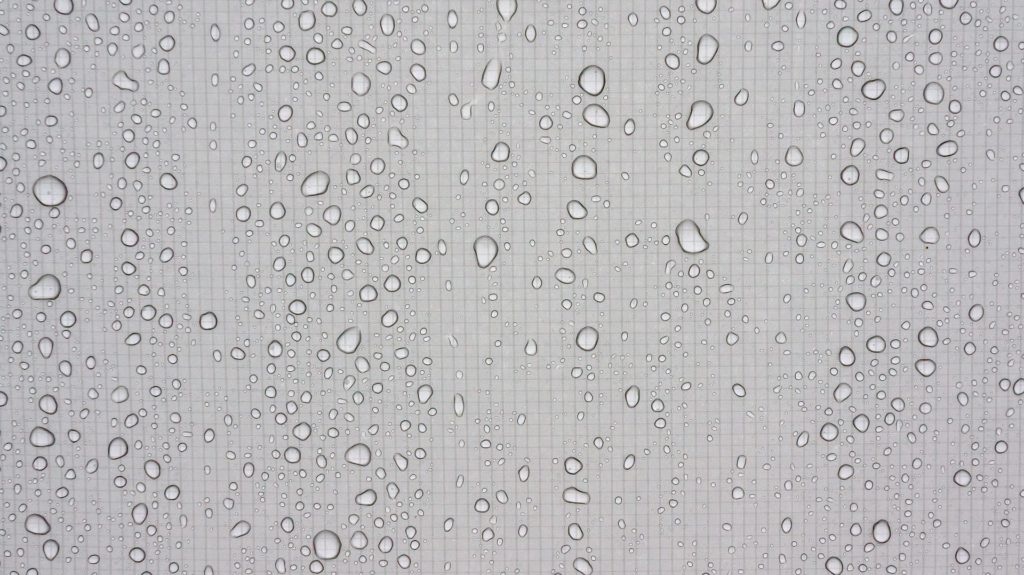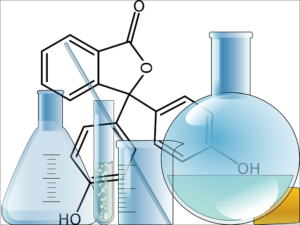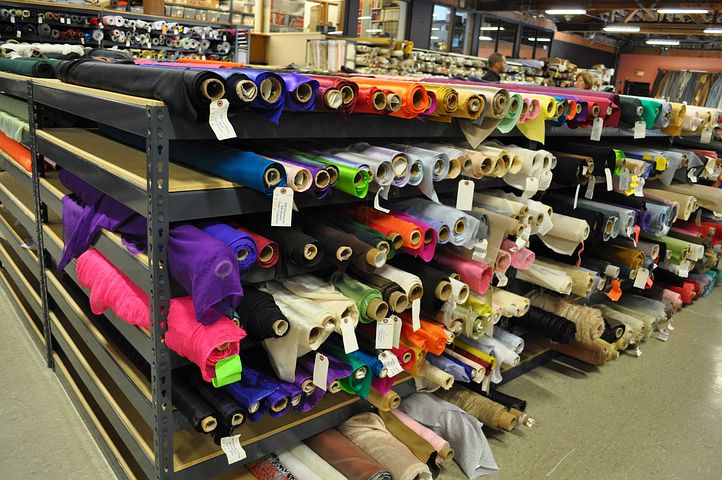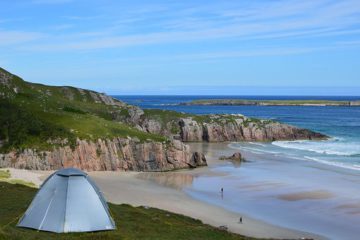FOCUS COLLECTION – TENTS
WHAT ARE TENTS MADE FROM?…
Is a question often asked by people getting into camping and looking to by a quality tent and the most common answers is either from Nylon or Polyester (see here for an in-depth comparison) but as you’ll see in this post, there are other fabrics and materials out there used to manufacture tents and they all have varying qualities. It’s extremely useful to know what the differences in the fabrics are in order to determine which tent is best suited to conditions you’re likely to encounter when you’re camping
In addition to this there are different coatings applied to tent fabrics that influence the effectiveness of them in regard to weight, water resistance, UV protection and a few other things so we’ll explore the uses of those too
Let’s start by looking at the differences of some common tent fabrics and some others that are gaining popularity in the market and explore the pros and cons of each
I’ve also included a few internal links for you to have a look at other related posts in the Odyssey Posse Focus Collection in relation to all things tents
FABRICS
COTTON CANVAS...
Once upon a time this 100% cotton fabric was the ‘go to’ material for tent manufacturers but its usage has become limited due to advances in technology and these days you’ll find canvas tents are usually blended with man-made fabrics
Pros – Good insulation properties, Naturally breathable which equates to low condensation, Good UV resistance, Long lasting, Ability to self seal making itself water tight
Cons – Requires seasoning*, Prone to mould and mildew, Requires more maintenance than synthetic fabrics, Heavy, Bulky, Can tear, Expensive
POLYCOTTON CANVAS...
Is a cotton & polyester blend (typically 65% cotton to 35% polyester) that is basically cotton that has polyester weaved into it which gives it the benefits of a cotton tent yet lighter and more durable. It can be uncoated but is usually given a waterproof treatment (depending on the manufacturer) that helps repel mould yet still maintains breathability
Pros – Very durable, Good insulation, Lighter than cotton canvas, Tear resistant, Stands up well to UV rays, Breathable
Cons – Will require seasoning as per Cotton Canvas, Heavy, Bulky, Pricey, Susceptible to mould and mildew (although more resistant than standard Cotton Canvas), Requires maintenance
PVC COATED CANVAS...
As the name implies, this is a canvas material coated with PVC (polyvinyl chloride) which is essentially is a type of plastic coating that has a slight shine to it in comparison to the previous mentioned canvas. It is generally used to make larger tents and also used a lot in the production of camper trailers
Pros – Waterproof (No need for seasoning), Strong and durable, Usually fire and chemical resistant, Shrink resistant, Scratch resistant, Resistant to mould & mildew. Can handle harsh UV rays
Cons – Not breathable (potential for increased condensation), Heavy, Bulky
NYLON...
Is a strong, slightly flexible, lightweight synthetic material which is used a lot in the production of smaller/lighter tents and for that reason they are a choice tent fabric for hikers in order to keep their pack light. Things to look for in a Nylon fabric tent is Ripstop** to resist tearing and laddering (similar to what happens to nylon stockings when the weave is compromised) and also the type of coating it has. Coatings vary greatly from manufacturer to manufacturer and play a large part in weight, durability, tolerance to UV rays and water resistance
Pros – Lightweight, Robust (approx. 15% stronger than Polyester), Low maintenance, Very affordable (depending on coating), Good strength to weight ratio
Cons – Not breathable, Noisy in windy conditions, Inferior UV protection compared to polyester, Sags when wet, Absorbs more water than polyester, Can tear (see ‘Ripstop’ comment above) , Poor heat resistance
POLYESTER…
A very common tent fabric these days due to its practicality. Similarly to Nylon, it is a lightweight, synthetic material that is quite durable and hydrophobic (good water resistance). It has a lesser tear strength in its basic form compared to a similar Denier*** nylon which means a heavier polyester has to be used to give it a similar strength to lighter nylon tent and for this reason it is used in a lot of car camping tents where the weight of the tent is not a big factor
Pros – Affordable, Doesn’t sag like Nylon when wet, Good UV protection, Low water absorption, Lightweight, Good for small & large tents, Low maintenance, Quick drying, Abrasion resistant
Cons – Limited breathability, Poor heat resistance, Not as strong as Nylon, Less stretch than Nylon (this is arguable whether it’s a good or a bad thing)
DYNEEMA COMPOSITE FABRIC or DCF (formerly Cuben Fiber)…
To break it down without all the intricate technical details, DCF is a relative newcomer to the tent market compared to the above mentioned fabrics. Obviously a synthetic material, it is actually a non woven product made of Dyneema fibres which are the worlds strongest, lightweight fibres (15 x stronger than high quality steel of the same weight) and they are encased in a Mylar (Polyester resin) film thus making it innately waterproof. DCF is ultra lightweight, has almost no stretch and a very high strength to weight ratio making it a very appealing product BUT all of that comes with a big price tag and being around 4-6 times more expensive per yard than high quality Nylon you might want to save your pennies for a tent made from this bad boy
Pros – Strongest and lightest tent/shelter fabric, 100% waterproof, No stretch, Ultra lightweight, UV resistant, Chemical resistant
Cons – Expensive, Not very good abrasion resistance, Still in relatively early stages meaning limited tent varieties available, low heat resistance, No stretch (whilst also a pro, it can limit its application)
WATCH THIS INTERESTING VIDEO FOR MORE ABOUT THIS SPACE AGE MATERIAL
SOME WORDS YOU’LL MOST LIKELY COME ACROSS WHEN RESEARCHING TENTS:
* SEASONING – See the Odyssey Posse step by step guide in How to season a tent. Absolutely essential information to do with Canvas and Polycotton canvas tents
**RIPSTOP – Some people think that ripstop is a special coating that prevents the tent fabric from tearing but it is the ingenious idea of crosshatch stitching nylon thread throughout the main fabric which stops a tear/rip from travelling through the material. TIP – You’ll easily identify Ripstop fabric by the small square or diamond shaped patterns in it
***DENIER – check out the article, What does Denier mean? to find out what it is and what other factors determine the quality of a tent fabric
COATINGS
A lot of manufactures have their own patented types of coatings when it comes to tent fabrics and this is also a good marketing tool but overall the basic idea is to make the tent light, waterproof and durable. You don’t really get to pick & choose when it comes to which coatings go on the fabric you might prefer but a lot of research and development goes into the combination of fabrics and coatings and their applications, so for us it comes down to a matter of preference (& price) when deciding on a tent
COMMONLY USED COATINGS:
SILICONE…
Commonly known in the tent world as SILNYLON, it is more a fusion of Silicone and Nylon rather than an actual coating and it increases the strength of the nylon, makes it impenetrable to air flow (which can cause condensation issues) and is also extremely waterproof. Silicone can be infused into other fabrics such as cotton and polyester but Silnylon comes up trumps for its uniquely proven abilities in the outdoors
POLYURETHANE…
Polyurethane or PU is a coating usually applied to one side of Polyester or Nylon fabric, typically the inside of the tent so as to protect it from abrasion and UV rays. Being that the coating is on the inside thus leaving the fabric exposed on the outside, a lot of manufacturers coat the opposite side with a durable water repellent (DWR in short) which is a fluoropolymer based coating making the outer surface water resistant whilst maintaining some breathability
ACRYLIC…
Acrylic coatings are usually thinner than PU coatings but they are similarly applied to one side of the fabric. The difference is however that the application of an acrylic coating is to improve the weave of the fabric, not as much to make it waterproof (making it classified as ‘water resistant’). It is the lesser grade of tent coatings of the three listed here and is usually used in the production of ‘very affordable’ tents (usually sold in department stores). Acrylic coating has a more ‘Gloss’ appearance than the other coatings listed above as well
SUMMARY –The qualities of the above listed fabrics, coatings are an insight of the most commonly used materials in the production of modern tents. Pages & pages could be dedicated to specific sciences, research & development and applications of these products but hopefully this article gives you an overall idea of what to expect from the most widely used products
It’s worth noting too, that even as you’re reading this there are experts ‘out there’ busy developing and road testing the next BIG THING in tents and I look forward to revealing these new and exciting products to you prior to and as they are released
Until next time…




0 Comments